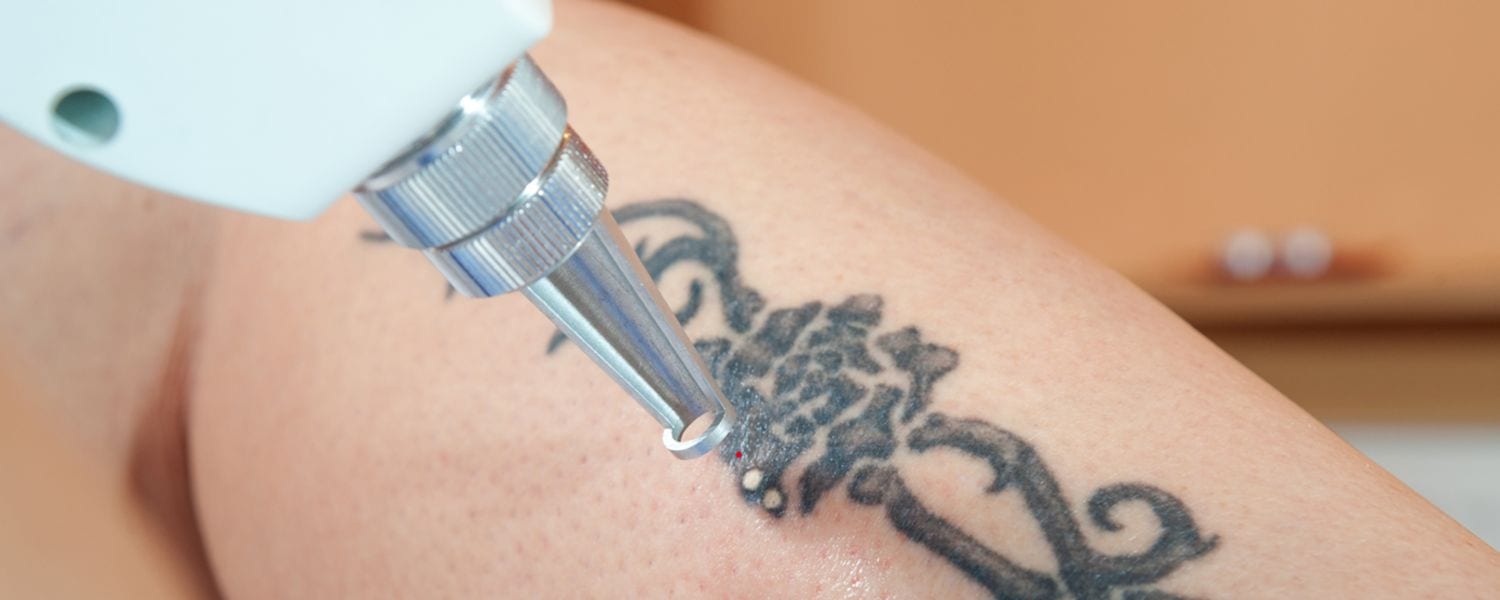Table of Contents
Body Contour
Body sculpting, often known as body contouring, describes surgical techniques that enhance the appearance of skin and tissue following significant weight loss. Body contouring procedures can include panniculectomy (removal of extra skin from the lower abdomen), abdominoplasty (tummy tuck), liposuction, and excisional body lifts, such as a lower body lift, arm lift (Brachioplasty), inner thigh lift, or buttock augmentation. Following pregnancy and breastfeeding, a breast lift or augmentation can help restore breast shape or eliminate extra fat and drooping skin.Different Body Contouring Techniques
Liposuction
The most widespread cosmetic surgery in the US is liposuction. In fact, since 1992, the number of liposuction patients has climbed by 264%. An optimal candidate for liposuction has a steady weight and localized fatty deposits that won’t go away with diet and exercise. Although liposuction frequently requires general anesthesia, it can also be done as an outpatient procedure. Any one of these or a combination of the following liposuction techniques may be used:- Liposuction with lasers.
- power-assisted liposuction
- Tumescent liposuction.
- Liposuction with ultrasonic assistance.
- Surgery to contour the body.
Excisional skin surgery lifts
Excisional skin surgery lifts consist of the following:- Abdominoplasty (tummy tuck).
- Breast rejuvenation includes lift, reduction, and augmentation procedures, to reestablish breast shape and contour.
- Brachioplasty (arm lift).
- buttock lift
- 360-degree body lift (belt procedure).
- internal thigh lift
- Panniculectomy.
Restoration following body contouring
Body shaping operations frequently call for general anesthesia and at least one overnight stay. Asymmetry, poor wound healing, and long-lasting contour deformities are the main dangers associated with surgery. You might need to use surgical drains to remove extra fluid or blood that may gather at the surgical site after surgery. How to operate and maintain your drain will be covered by your doctor. Additionally, according to your doctor’s orders, you might need to wear a compression garment for six to eight weeks. A full recovery could take several months, and the initial discomfort could continue for up to four weeks. In addition, depending on your operation, your scars’ size will change. For instance, body contouring surgery leaves more scars than liposuction does. Individual differences influence the outcomes of body-shaping treatments. Therefore, revision surgery could be required to resolve issues or get the desired results.What benefits do body contouring procedures offer?
Several people who have had body sculpting report:- Bodily components with better definition and form.
- Seem younger and slimmer.
- Fewer wrinkles.
- Amelioration of symptoms
- Surgery has more immediate and apparent results. With nonsurgical approaches, results might not be noticeable for several weeks or months.
What are the possible side effects or dangers of surgery?
Any procedure, such as lifts and tucks, is surgery and thus carries certain risks, though these are relatively uncommon. Among the risks are:- Asymmetry (both sides do not appear to be the same).
- There is bleeding or blood clots.
- Anesthesia complications, such as nausea, vomiting, or difficulty waking up.
- Nerve, blood vessel, muscle, or organ damage.
- Hair loss around incisions.
- Hematoma (blood pocket under the skin) may need to be drained.
- Incisions that do not heal correctly.
- Infection.
- Nerve damage can result in weakness, numbness, or changes in how the skin feels.
- Swelling or pain that lasts longer than expected.
- Issues with the heart or lungs.
- You are unhappy with the results, which may necessitate additional surgery.
- Scarring, rippling, or skin discoloration.
- Skin discoloration and irregularities.
- Rash or hives.
- Discomfort or ache.
- Red skin.
- Swelling.
- Repeat sessions are necessary due to unsatisfactory results.
- An incision site with bleeding, discharge, redness, or swelling.
- Chest ache.
- Dizziness.
- A fever that exceeds 100.5 degrees Fahrenheit.
- Medicine did not affect the severe pain.
- Vomiting or nausea.



